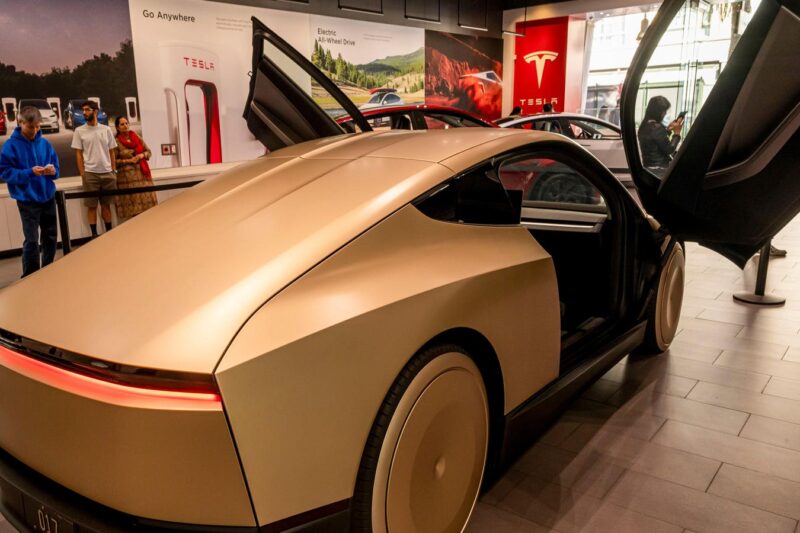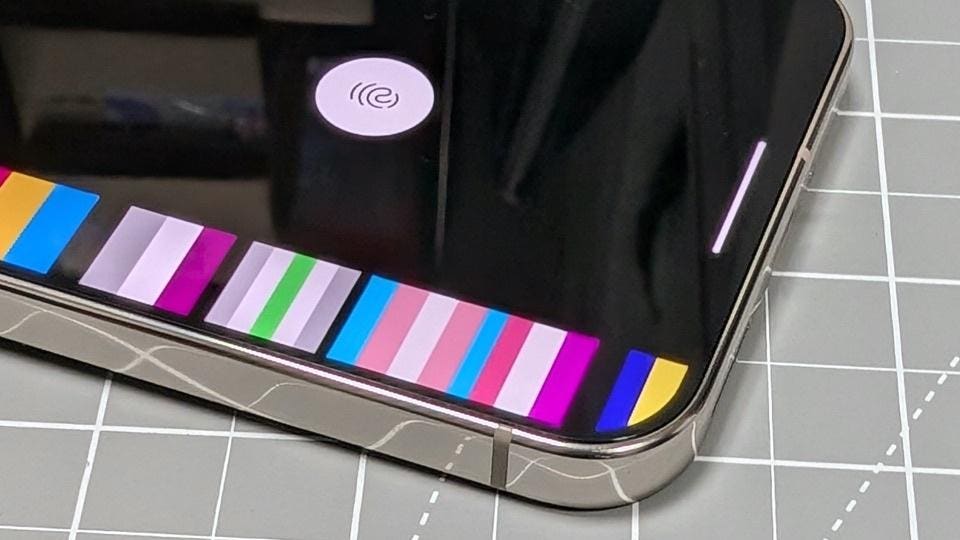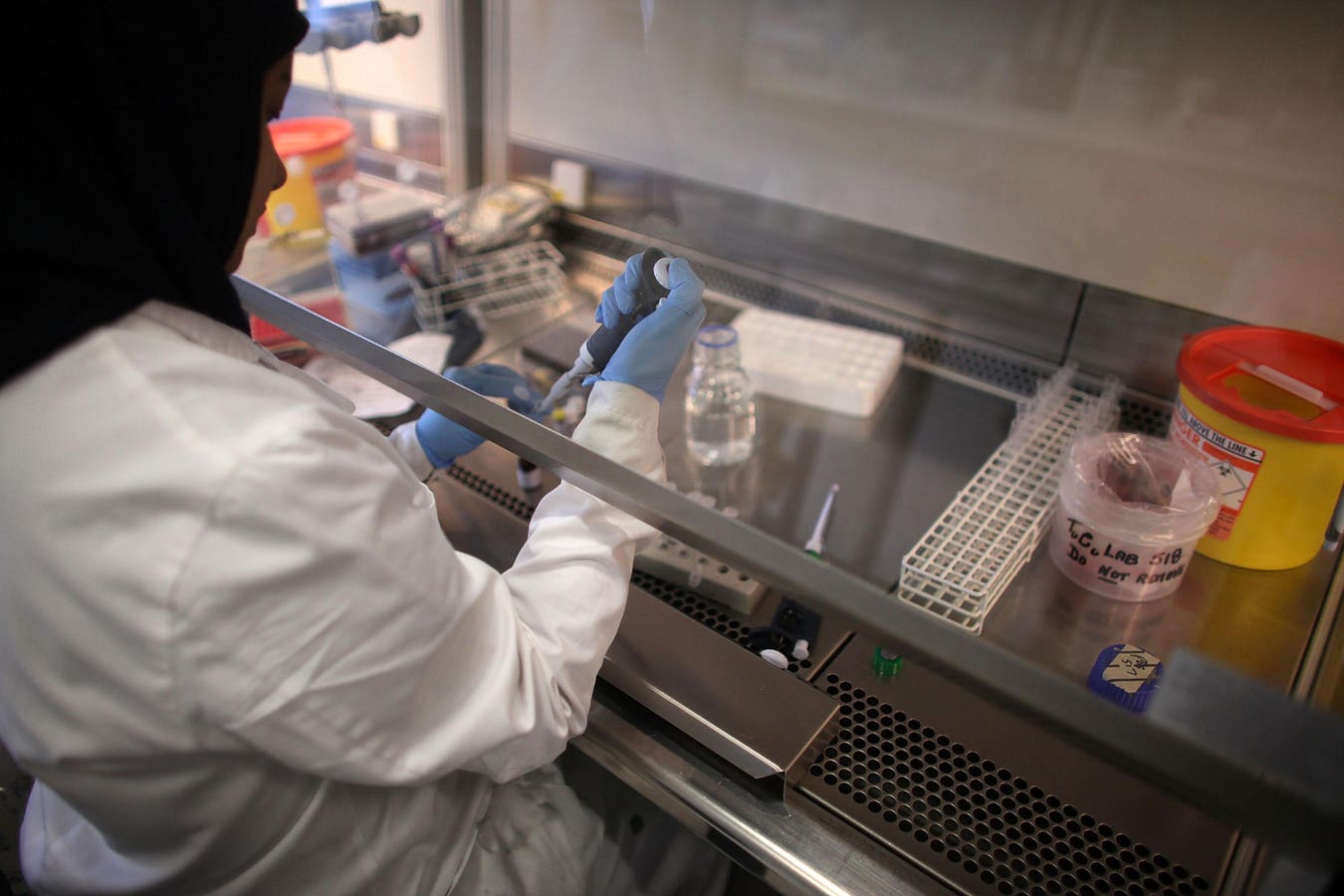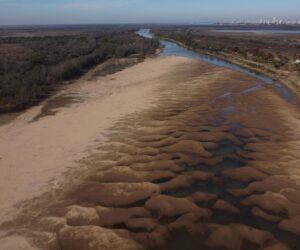The Cybercab is predicted to go into production next year
© 2024 Bloomberg Finance LP
Tesla self-driving and robotaxi were the prime targets of questions during Tesla’s third quarter earnings call. Here are some of the key details from a transcript.
- Tesla reports the Austin robotaxi pilot has done 250,000 miles (over 124 days that’s about 2,000 miles/day.) The Bay Area pilot has done over one million miles in 83 days.
- Musk frequently refers to the supervisor in the car as the safety driver, in line with industry convention, though sometimes as a safety observer.
- They predict they will remove the safety driver by the end of the year in “at least parts of Austin” and with safety drivers in 8-10 other cities, though not in California for regulatory reasons. However, Musk states they will keep the safety driver in place even without regulations until they believe it is safe to remove them.
- FSD has now done 6 billion miles in customer cars (supervised.) “The safety continues to be very good.”
- All HW4 customers can now download FSD 14, though they do not recommend most do it until 14.2 is released.
- AI5 chip will have 40x performance over AI4, made in USA by Samsung and TSMC.
- Still working on what plan will help HW3 users who purchased FSD. A version 14 “lite” built is in the works for 26Q2.
- FSD for Tesla Semi will come much later.
- CyberCab will retain margins and save money through simplicity, lower performance.
- Future release will support “reasoning” for issues like choosing a parking spot. That will proably need AI5 chip. However, AI5 chips will have tons of spare capacity when cars are not moving, which Tesla may rent out as a giant inference cluster.
- Future robotaxi deployments will start with having a safety driver for the first 3 months to assure safety, then remove that person.
It should be noted that Musk has routinely predicted unsupervised FSD was imminent for over 8 years, and has never made that deadline, but this 2 month deadline is one of the shortest they have announced. However, they have scaled it back to “parts of Austin” rather than something more general.
The new mile count data suggests the early report of only 7,000 miles in the Q2 earnings call may have only referred to June. 2,000 miles/day with a fleet of 10 cars is 200 miles/day, which is a reasonable number for a taxi service in an urban setting. At least 4 crashes are known (two with likely fault for Tesla) from July, which is a high number for 250,000 miles, and a very high number for 80,000 miles which would have been the number by July 31 at this pace.
Tesla reported 2 additional crashes through Sept 15, one of which appears to be Tesla-at-fault (hit something in a parking lot) and the other may not be. 3 at fault crashes including an injury crash in 250,000 miles is a very poor number for an unsupervised system, it’s off-the-charts poor for a vehicle with a supervisor. (Analysis of Waymo suggests their similar number was one per 2.3 million miles for unsupervised vehicles last year.)
Nonetheless, this prediction of going unsupervised within 2.3 months is Tesla’s most bold prediction, so we’ll quickly see if they meet it. They may limit the street set greatly to make that prediction, but again, we’ll see soon.
The call also included many details on Optimus, Tesla Energy Storage, and regular electric vehicles. Tesla had a record quarter. A sales surge was expected with the end of the $7,500 subsidy on EV sales.









